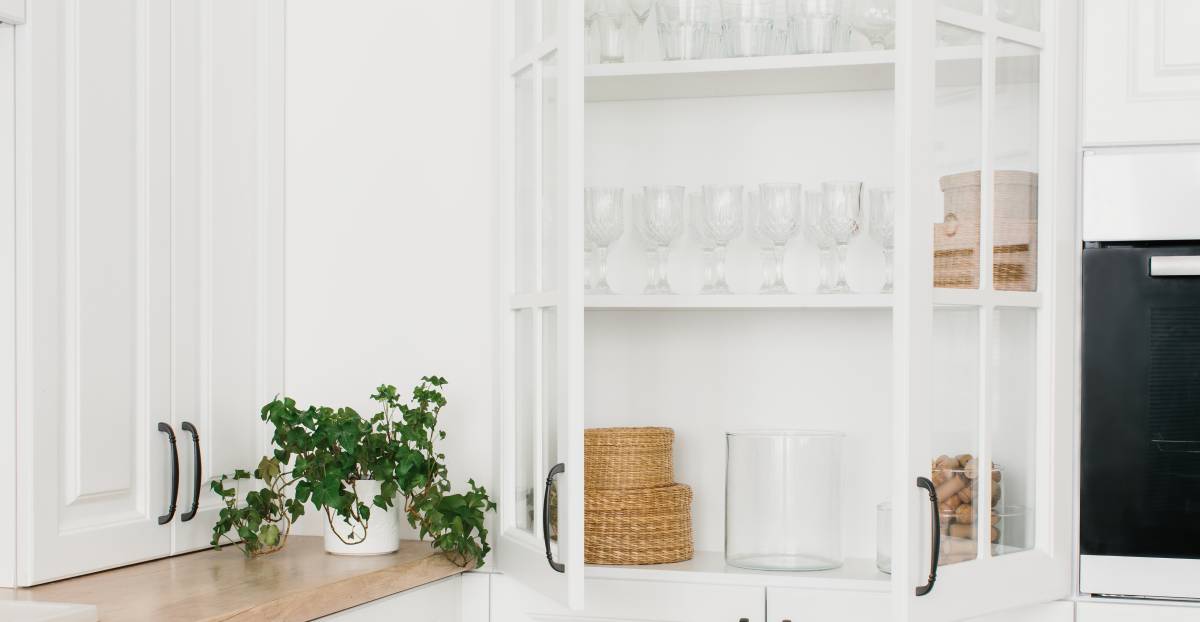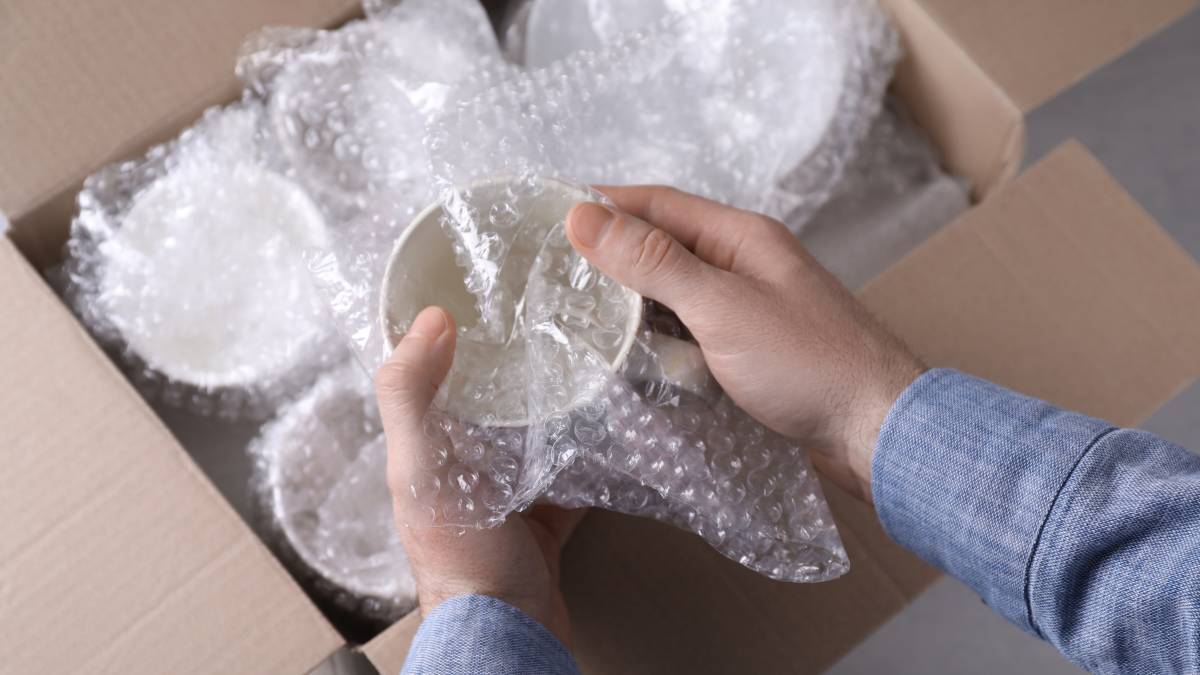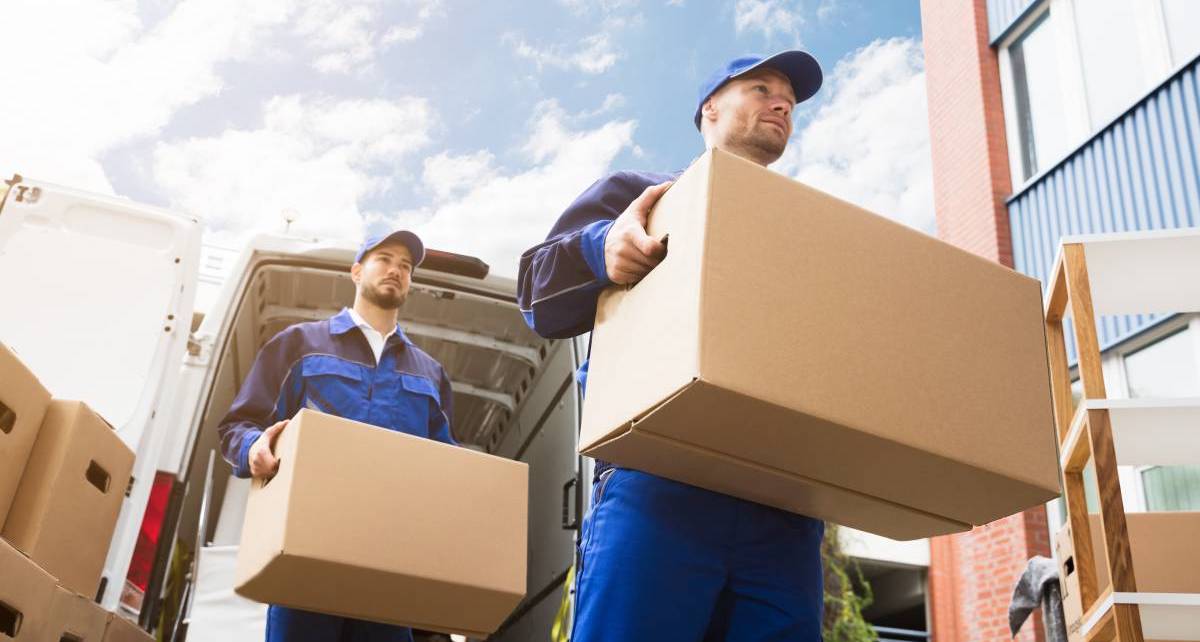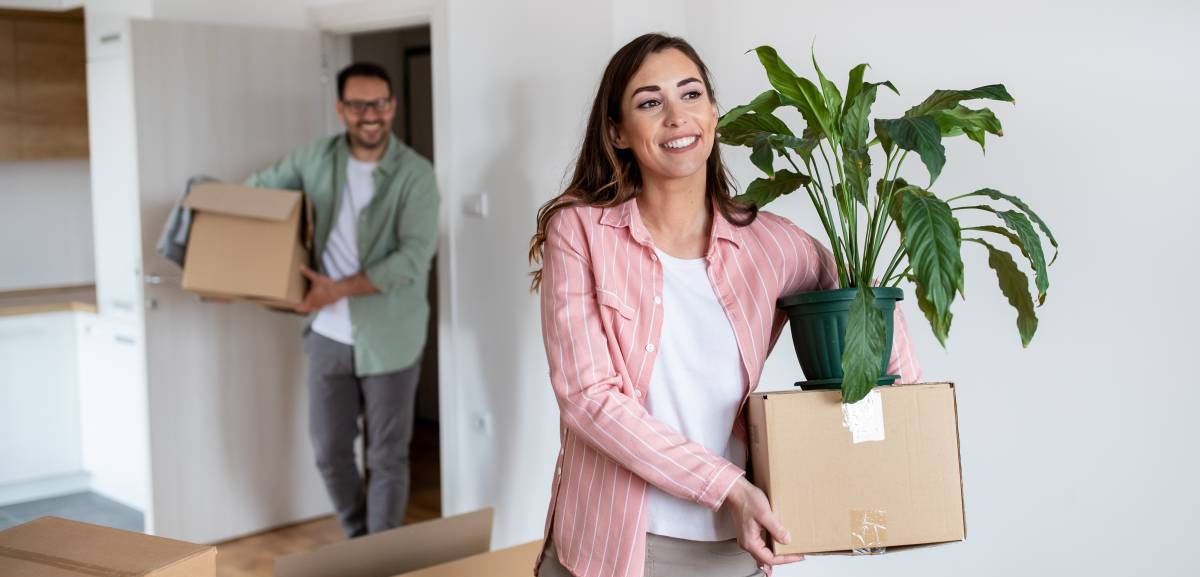
Moving guide and checklist: Tips to make your move stress-free
Move into your new home without the extra stress.
Get help for your house moveLast Updated on
Key Facts
- Removalist services can charge by the hour or offer fixed rates based on distance, volume, and complexity.
- Most movers provide additional services like packing, furniture disassembly, and storage solutions.
- Booking movers in advance and decluttering before the move can help cut costs and save time.
Moving to a new home? We know you’re likely feeling a mix of excitement, joy, and maybe a little stress about finances, logistics, and renovations you might need to tackle beforehand.
But rest assured, moving is a common experience, and you’re not alone in feeling overwhelmed. This guide will help you create a moving plan to ensure a stress-free transition to your new place.
1. Get yourself a “moving journal,” which you can use to document everything related to your move.
2. Make a timeline of when you want everything done.
Choosing your new home
So, you’ve decided to move out but have yet to pick your new place. Some factors you need to consider when choosing your next home include price, size, and location. These three co-exist in the house-hunting journey and require plenty of research.
Price
Selecting a home that suits your budget should be one of your primary considerations. Here are a few questions that might help you narrow down your choices:
Are you looking for a cheaper place?
How much are you willing to shell out for a monthly rental?
Do you have enough money to cover your rental bond?
Do you need to apply for a mortgage before buying a house?
Size
How much space do you need? Are you sizing up or down your home? And how many rooms do you need for the kids? These are just some of the questions you can ask yourself when looking for a new home, especially if you’re changing your lifestyle.
It’s best to go physical house-hunting to get an idea of what your options look like inside and out. Remember, the larger the size of the house, the more you’ll have to spend on utilities and maintenance.
Location
Where you plan on moving requires a systematic process and usually involves specific circumstances:
Do you plan on moving closer to work?
Are the houses on the other side of town cheaper?
Do you want a home that is accessible to public transport?
Does this neighborhood provide a safe community in which to raise your kids?
Location is everything in choosing a home, as it affects many factors for yourself and your family in the long run. Spend some time researching your new area so that you’re all set to start living there once the packing and unpacking frenzy is over.
Schools and related facilities will likely be your top priority if you have children. However, even just finding out where your local Boots or the closest gym can help you feel more at home.
Planning your move
 A couple researching and booking their move online to stay organised and reduce stress. (Source: iStock)
A couple researching and booking their move online to stay organised and reduce stress. (Source: iStock)
A great deal of planning can make your move less stressful. Knowing what to do before moving into a house is important, as this will help you prevent last-minute packing or documentation when your move date finally rolls in. Here are some planning tips for moving to get you started:
Prepare the paperwork
One of the essential things to tick off on your checklist for moving houses is to go over your paperwork with your agent. Read the fine print and ask all the questions you’d like answered. Once you’ve sorted out all your documents, have them stamped by local authorities. It also helps to have photocopies just in case.
Start decluttering
Start the purge process early. Start clearing out the undesirable items as soon as six weeks before your move date. Sort your belongings with a Keep or Toss pile. Labeling and color-coding can also come in handy to quickly identify which is which.
Here are some questions you need to ask yourself when you’re decluttering:
- When did you last use the item? If it’s more than 6 months, it’s got to go.
- Does it fit in your new home? If you can’t get in past the front door, there’s no point in putting it in the truck.
- Is it useful? If not, why do you need it?
Declutter by giving your items, selling, or donating to charity. This should happen as soon as you know you’re moving home. Think about it; if you do something every day towards your end goal (moving in this instance), then it’s less of a hurdle at the finish line.
Always note the amount of space you’re moving into. Knowing the available room sets the boundaries to how much you can take along with you.
Get measurements
This will help you to understand the space and which items you currently own will fit.
Start by measuring the dimensions of large furniture (fridge, sofa, and dining tables), and then go to your new home and measure the space. You could even use masking tape to map out the room.
Don’t forget to measure the doorframes and hallways. There’s nothing worse than lugging the plush leather sofa to the new home, only to find that you can’t even get it inside the living room.
Pack well
The sooner you pack your belongings, the calmer your move will be. You’ll need more than boxes and tape to pack efficiently, though. Here are some often-forgotten essentials to gather upfront:
Packing paper
Good textas
Bubble wrap
Scissors
Labels (Have a box number system, put your new address and contact name/ number)
Wardrobe boxes
Get your packing materials together (check with the moving services company whether they can provide any). Also, take advantage of everyday household materials, like linen, garbage bags, and socks!
Just a few more things:
Work out the travel route to your new home—organize parking for the moving vans at both addresses.
Find storage facilities if needed. Try asking your mover, who may be able to recommend some.
Label for better organization
 Labelling boxes by room—like this one for the kitchen—helps speed up the unpacking process. (Source: iStock)
Labelling boxes by room—like this one for the kitchen—helps speed up the unpacking process. (Source: iStock)
You may think this is over the top, but we promise it’s not. Start by numbering or naming each room on a floor plan of your new home. Then, label the boxes to match the rooms. Make a list of the boxes and their contents so you can easily put them in the right rooms once you’re settled in.
This system saves you time and hassle, whether you’re tackling the move yourself or have helpers.
Look into professional movers
Consider getting quotes from movers a few weeks before you solidify your moving date. Weekday moves are sometimes cheaper, so a little planning can save you money.
Moving companies offer a range of services. Most will handle transporting your belongings, but packing and unpacking might be additional costs. While full-service packing can be expensive, hiring help for packing and furniture assembly in your new place can significantly ease the burden.
Clean up
On your moving day, try to keep your home tidy. You can even book a cleaning service for good measure.
Connect with professionals to determine how much end-of-lease cleaning costs and factor this into your moving preparation. Don’t forget to clear your refrigerator and get rid of perishables and other household waste!
Then, check all your fixtures, sockets, and walls. If anything needs to be repainted or repaired, do so before you leave. You can even hire a professional to do it for you.
Most importantly, always keep your valuables and important documents close to you.
Moving time
 A couple working together to pack up their apartment before the big move. (Source: iStock)
A couple working together to pack up their apartment before the big move. (Source: iStock)
After coordinating with your mover, it’s time to get going to your brand-new abode! Inform them which items are fragile and where boxes will go in your new home. Make sure you (or another household member) are ready to clarify details.
Say goodbye to your neighbors and hello to your new ones
If moving trucks will be blocking driveways, give your neighbors a heads-up to prevent parking headaches. Leave them your new address so they can forward any misplaced mail and stay in touch!
Soon after, introduce yourself to your new neighbors. It’s a great way to break the ice and build connections in your new community.
Unpack and settle in
Before you dive into unpacking, give your new home a good once-over. Are all the lights working? Any suspicious drips under the sink? It’s a good idea to document any existing damage with photos or videos to be on the safe side. Mention these to your landlord when you get a chance.
Now, onto the unpacking! Take your time, and don’t be afraid to ask for help. Whether it’s a friend lending a hand or a furniture assembly pro saving the day, there’s no shame in getting some extra muscle.
Lastly, let your friends and family know your new residence, and update your bank, post office, and service or utility company details.
Get home & contents insurance
Coordinate with your current insurer to end your coverage on the day after you move out. Then, contact your new home insurance provider and arrange for your policy to begin on the day before you move in. This way, you’ll have seamless coverage, even for that in-between period on moving day itself.
More moving tips
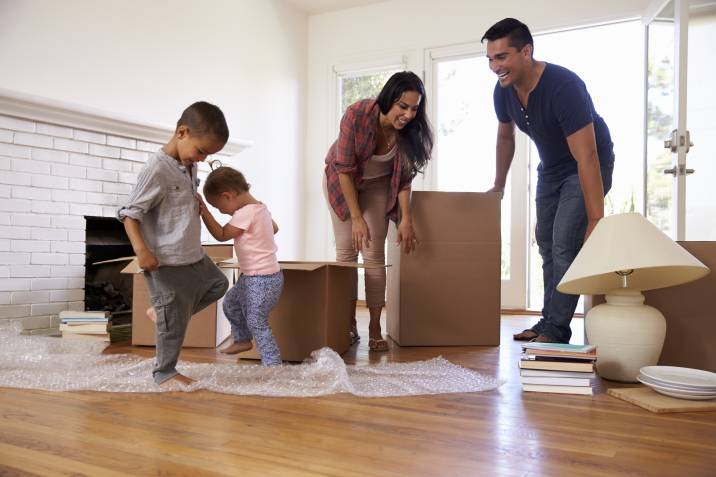 A family enjoying their first moments in a new home while unpacking moving boxes. (Source: iStock)
A family enjoying their first moments in a new home while unpacking moving boxes. (Source: iStock)
The big plan is pretty much sorted out, but you still have some things on your mind before leaving. Below are tips to follow when moving to your new home.
Pack before estimating
One of the important moving house packing tips often overlooked is to have an estimate of how many items will be transported. Once your items are ready to go, it’s time to inform your mover how much they actually need to transfer.
If you can pack as early as a couple of weeks, this will yield a more accurate quote. Packing your stuff before hiring movers saves you from unexpected last-minute costs.
Get powered up
Moving can be a whirlwind; amidst the packing and planning, it’s easy to overlook essential utilities like power. Streamline your move by scheduling your power connections well in advance! Ensure service is activated at your new place on your move-in date, and don’t forget to schedule a disconnection at your current address to avoid unnecessary charges.
Disassemble your furniture in advance
Don’t underestimate that double, queen, or king bed! Take apart any large furniture that might struggle to fit through doorways beforehand. This simple step saves precious time and frustration on moving day.
Keep a well-stocked toolbox within easy reach. You’ll need it at your new place for unboxing and reassembly. To stay super organized, use labeled Ziploc bags to store all those essential screws and bobs, matching them to the furniture they belong to.
Board your pet
Moving is hard enough, but put a dog or cat in the mix, and things can get tricky. Instead of bringing your pets right on moving day, board them in a kennel or cattery for a few nights until you’ve settled enough in your new home. You’ll have time to arrange your house and make it homey for your furry friend’s grand arrival.
Pack a survival kit
Your first few nights in your new home can get pretty chaotic. To avoid living out of boxes, pack a bag with all your essentials for a good week. These include clothes, gadgets, toiletries, medicine, and snacks. It’s easily accessible and stops you from going through all your stuff and making a big mess.
Consider recycling
Recycling helps you save money and protect the environment. Surely you don’t need everything from your old house. You could consider having a garage sale or putting items up on eBay and other platforms. If there’s no huge value or no takers, why not give it to friends and family or donate it to a local charity?
There’s bound to be a friend of a friend moving sometime soon, so rather than creating more waste, give your used boxes to them. Or better yet, rent your boxes.
Make the moving process easier with Airtasker
Overall, with a well-thought-out plan and thorough preparation, your move can be a smooth journey. Use this guide as your roadmap for an easier transition to your new home.
If you’re all set, hire professional movers who can help you tick off these checkboxes and share more tips for moving. Whether you need painters to repaint your walls, packers to help wrap fragile items, or handymen to cover wall mounting holes before you move, Airtasker’s got you covered!
FAQs on moving
Some of the things you might want to leave behind are bulky and worn-down furniture that can take up plenty of storage space. You can also do without small appliances you no longer use, as well as old dishware and mismatched or duplicate cutlery. If you have a lot of old clothing, pillows, and curtains, consider donating them instead of disposing of them entirely.
Typically, for a move, you’ll need moving boxes (size and quantity will depend on how many items you have and how big or small they are), packing paper, bubble cushion wrap, Styrofoam packing peanuts, and packing foam. You may also need marker pens, scissors, and packing tape.
Ideally, begin packing non-essentials at least 2–3 weeks before moving day to avoid last-minute stress.
Consider donating, selling, or recycling them to lighten your load and reduce moving costs.
Find local movers, fast
Find a local mover
Related articles
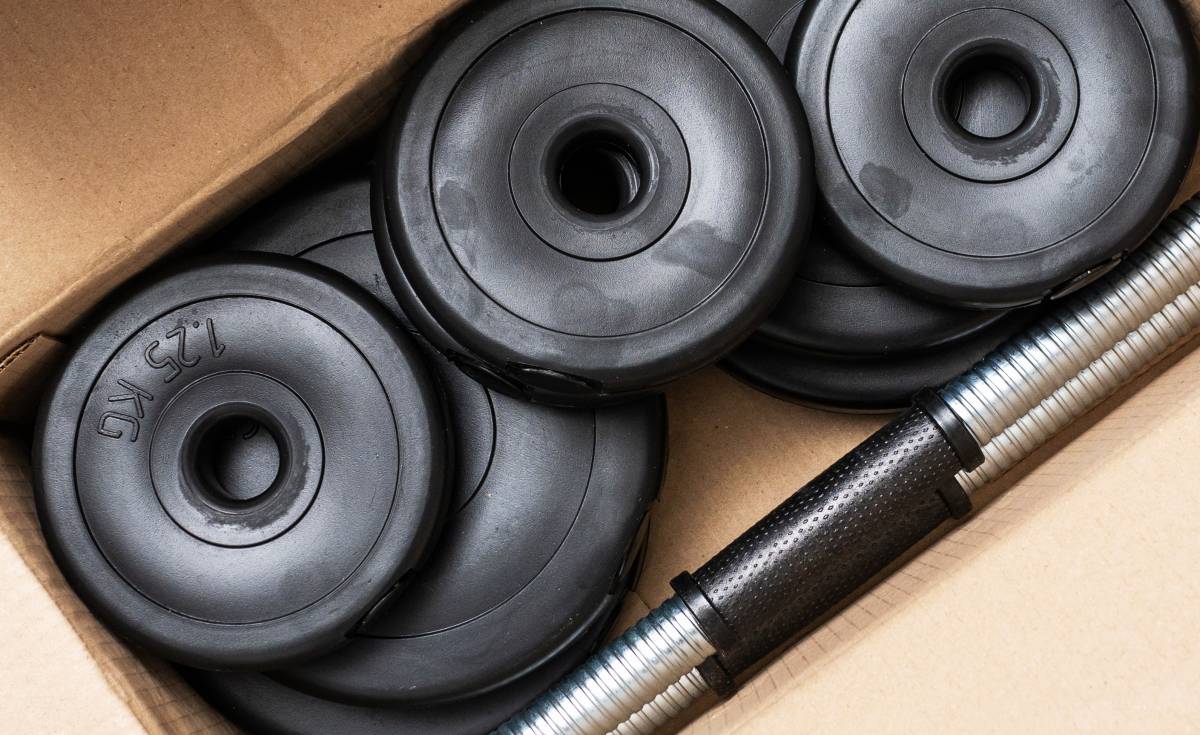
How to move gym equipment safely
Read more

How to pack kitchen items
Read more

How to pack books for moving
Read more

How to pack artwork for moving
Read more

How to move a shed
Read more

How to move a pool table
Read more

How to move a vending machine
Read more

How to move a washing machine
Read more

How to pack bedding for moving
Read more

How to move a pinball machine
Read more
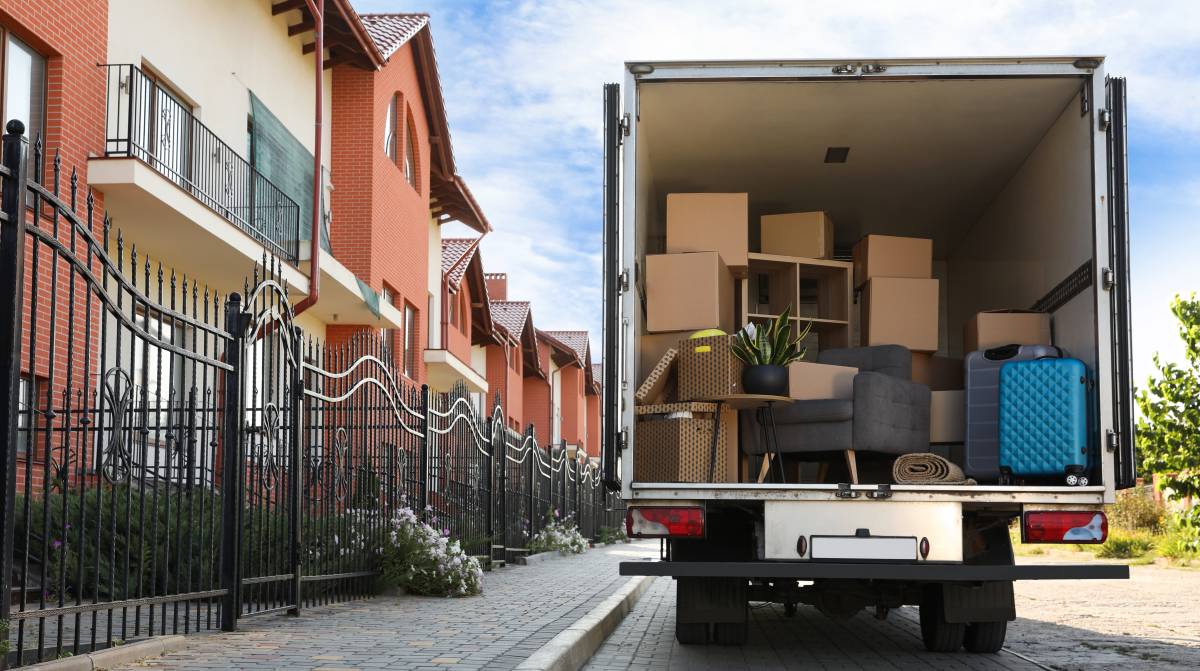
How to pack a moving truck
Read more

How to move a refrigerator
Read more

Where to get moving boxes for free
Read more

How to wrap furniture for moving
Read more

What movers won’t move
Read more

The ultimate packing and moving list
Read more

Moving interstate checklist
Read more

Moving out of state checklist
Read more

A guide to becoming a mover
Read more

How much do movers make?
Read more

Tips for moving house with kids
Read more
Related price guides

How much does mattress removal cost?
Read more

How much do packers cost?
Read more

Moving out: How much to hire movers?
Read more






